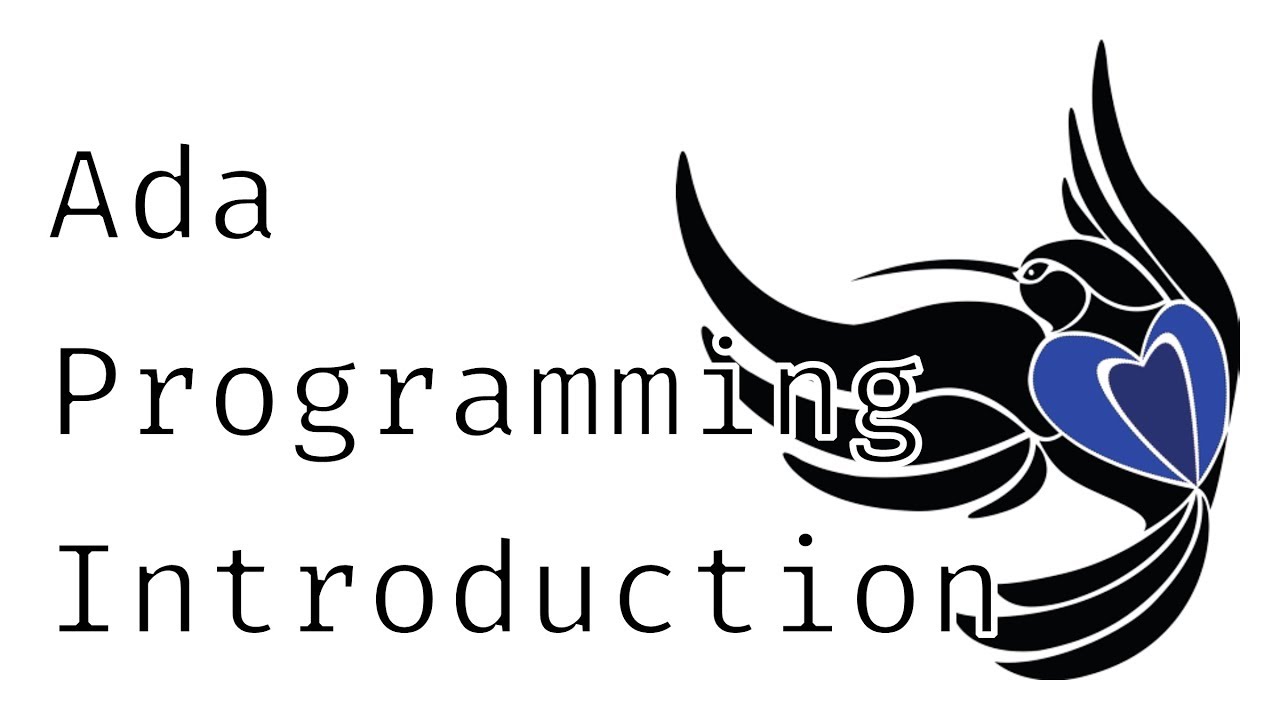Ada is a high-level, statically-typed programming language that was designed explicitly for the development of reliable, efficient, and maintainable software systems. It was developed in the late 1970s and early 1980s by a team led by the U.S. Department of Defense and has since evolved into an international standard (ISO standard).
Here are some key characteristics and differences of the Ada programming language compared to other programming languages:
- Reliability and Safety: Ada places a strong emphasis on reliability, safety, and correctness. It provides features for static typing, strong type checking, and compile-time constraints, which help catch errors early in the development process. Ada’s type system allows for expressive type definitions and supports encapsulation and information hiding, promoting modularity and reducing the risk of software defects.
- Concurrency: Ada includes built-in support for concurrent programming. It provides tasking constructs that allow developers to express parallelism and manage concurrent execution explicitly. Ada’s tasking model is based on the concept of tasks, which are units of concurrent execution that can communicate and synchronize through protected objects and rendezvous mechanisms.
- Scalability and Efficiency: Ada is designed to support large-scale software development. It provides features for modular programming, package-based architecture, and separate compilation, enabling the development of complex systems with reusable components. Ada also offers low-level programming capabilities, including direct access to memory and hardware, which can be valuable in system programming.
- Safety-Critical Systems: Ada has been particularly popular in safety-critical domains, such as aerospace, defense, and medical industries. It provides features for high-integrity systems, including support for fault tolerance, exception handling, and real-time programming. Ada has well-defined language subsets, such as Ada SPARK, that allow for formal verification and automatic static analysis to ensure high levels of software safety and security.
- Standardization and Portability: Ada has a well-defined international standard (ISO standard) that ensures language consistency and portability across different platforms. Ada compilers are available for various hardware and operating system combinations, making it possible to develop Ada software for a wide range of systems.
It’s worth noting that while Ada has its strengths in reliability, safety, and large-scale systems, it may not be as widely used in general-purpose or web development compared to languages like Python, Java, or JavaScript. However, for applications requiring high integrity, real-time capabilities, and safety-critical requirements, Ada can be a powerful and suitable choice.
